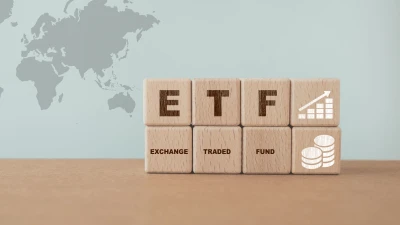ESG touted to spike in next decade


Impact investing and board diversity strategies could create a boom in environmental, social and governance (ESG) over the next decade, AXA Investment Managers believes.
Previously confined to asset classes such as equity and corporate fixed income, AXA IM predicts impact investing will grow to 1 per cent of global assets in 2019 or US$500 billion, largely driven by sovereign debt and the desire for sustainability.
"Broadly speaking, impact investing is defined as investments in businesses and/or funds that generate social and/or environmental benefit in addition to financial return — it can be viewed as a complement to the limits of traditional philanthropy and government programs," Matt Christensen, global head of responsible investment for AXA IM, said.
"The market is still young but its growth has resulted in initiatives that enhance its credibility such as the setting up of standards such as IRIS (Impact Reporting and Investment Standards) or labels such as GIIRS (Global Impact Investing Rating System)," he said.
Christensen said the focus on ESG was heightened during the Eurozone crisis, which drew attention to the creditworthiness of sovereign issuers.
"We are already using this ESG country framework in our core RI funds but we also see an opportunity to expand this to mainstream funds over the coming years," Christensen added.
Recommended for you
Two former senior Global X employees have launched their own ETF provider, ETF Shares, focused on offering index ETFs for advisers and retail investors.
With GCQ Funds Management and Lakehouse Capital making their recent ETF debuts, the two fund managers unpack why financial advisers are essential to their respective launches.
ETF provider Global X is set to launch its latest ETF, focused on artificial intelligence infrastructure.
Index provider MSCI has unveiled two measures to make it easier for financial advisers and wealth managers to access transparent insights into private assets.














